I had the opportunity to visit the Stemme factory in Strausberg this week, and to fly a Stemme S6-RT motorglider.
This is the most recent aircraft produced by the people who make my wonderful Stemme S10-VT.
It is something of a ‘little brother’ to the S10-VT. Its been in production for a few years, but I’ve not had a chance until now to see one – let alone to fly one.
Its an 18 metre motor glider powered by the same Rotax 914 Turbo engine as in the S10. It has a hydraulic retracting undercarriage system and a more conventional MT propellor (electric variable pitch with a full-feathered position for soaring flight).
I enjoyed the flying experience very much.
Its a very easy aircraft to fly – its responsive but much more stable/easier to manage at high speed in cruise than the S10-VT (which is quite sensitive on elevator by the time you’re up to full cruise speed). This is an aircraft that could be flown at cruise speed for long periods with low fatigue and with very good fuel economy (because its a motor glider with a very efficient design).
The factory demonstrator that I flew, with one of the factory pilots, was very well equipped in terms of electronic gizmos in the panel, including a Dynon EFIS, an LX8000 colour glide computer and a Garmin GPS 695.
You can below some photos of the factory, of the aircraft, and of the countryside that we were able to enjoy flying over on a lovely day. It wasn’t a good soaring day, so we few up to 10,000 feet under engine power over toward the Polish border, and then shut down and went into gliding mode to explore the neighbourhood further on our slow descent back toward the earth.
The cockpit is very comfortable and I could easily fly this aircraft for a long period. I tried some tight low speed turns with flap out to simulate thermalling and it all seemed to work as expected.
I did a touch-and-go landing and then one more circuit to a full-stop landing to get a feel for how to approach and land in this aircraft. That works well too. The air brakes have a centre ‘detent’ half-open setting to make the approach workload lower. Once you touch down, the nose is held up to slow the aircraft with aerodynamic drag before it settles down onto its nose wheel again. The nose wheel steering is easy and precise, and if needed you can taxi quite quickly while remaining very stable in terms of steering/positional control.
What didn’t I like?
The fuel system management is too complicated, and it could really use being simplified. The left tank feeds via a transfer pump to the right tank, which feeds via another pump to a central header tank which feeds via a main and aux pump into the engine. This think this would work better with the left and right tanks feeding directly into the header tank (which would also improve redundancy, in terms of handling the failure of a fuel pump)
The flap lever needs a fair bit of force to unlock it to move between flap settings – but you get used to that pretty quickly.
When its on the ground, the covers for the retracted undercarriage remain open, exposing the underbelly of the engine bay somewhat – which means that in Australia you’d want to cover that area up on the ground, to make sure you didn’t wind up with any rodents making a home in there in the winter!
Like its big brother, the S10-VT, one consequence of squeezing the engine into a small fuselage installation is that it is pretty ‘tight’ in there. You’d want to have some patience when doing engine maintenance – although the entire engine can be removed (downward) from the aircraft if something substantial needs to be done.
What did I like?
Its easy to fly, its fast, it has the feel of a great sports aviation two seater that could be used to cover lots of ground and to go long distances under engine. Compared to the S10-VT, this aircraft is further on the spectrum toward a two seat sports aviation aircraft that can also soar nicely… which is precisely what it was designed to be.
I think it’d be a really good aircraft for instruction. The side-by-side configuration is far more sociable, the aircraft is easy to fly with positive and predictable control response, the controls are light, and the comfort level (and outside visibility) are both high.
Its also an unusually quiet aircraft, in terms of noise level for people on the ground. This is due to the engine air intake being on the bottom of the fuselage, with the exhaust mounted at the top of the engine bay, pointing up and away from the aircraft.
I could easily get used to flying this aircraft a lot. It definitely put a smile on my face.
It also feels more robust than the S10-VT, and for ‘workhorse’ applications (including surveillance and airborne sensing – two markets in which it is already being used), I think it’d be a great choice too. There is a variant of the S6 called an ES15 Ecarys being made by Stemme which is designed for precisely those applications, and which is capable of operating at an impressive 1100 kg maximum take-off weight to allow substantial sensing payloads to be carried in under-wing pods.
Sincere thanks to Stemme and its new CEO Paul Masschelein for the opportunity to visit, to tour the factory, and especially to fly this great aircraft. I wish them success with it.
- Arriving at Strausberg on the efficient S Bahn train system
- Wingtip for the newly announced 20 metre version of the S6-RT
- S6 fuselage shell
- S10-VT propellor moulds
- S6 being built
- S6 centre-section wings
- S10-VT propellor being serviced
- Parts store – thousands of parts go into an aircraft
- S6 engine bay installation
- ES15 airborne surveillance version of S6
- Very comfortable and swish seating
- Roomy and well arranged cockpit
- S6-RT Undercarriage detail
- Simon Hackett preparing to go flying in the S6-RT with Andreas Hebner
- Climbing above the clouds under engine power
- Neuhardenberg township and airfield
- Neuhardenberg airfield (EDON) soar array
- Soaring near Poland – the polish border is the river
- Engine off, soaring down from 10,000 feet
- Soaring over Germany
- A lovely day to be up above the world
- Local area map on the Garmin 695
- Approaching Strausberg there are wind turbines near a stone quarry
- Stemme S10-VT and S6 motorgliders


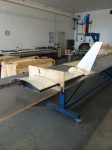
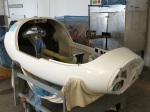
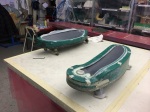
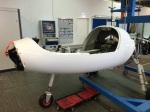
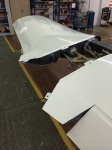
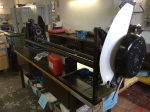
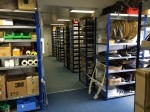
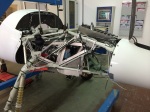

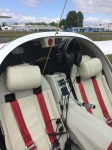
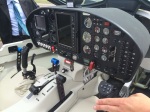
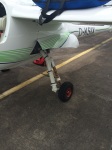
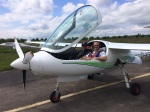
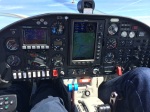
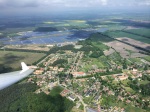
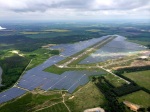
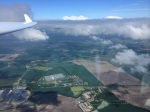
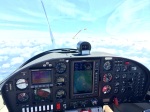
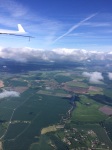

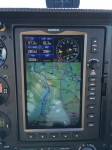
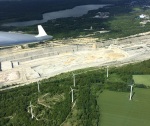
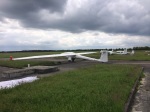
You must be logged in to post a comment.